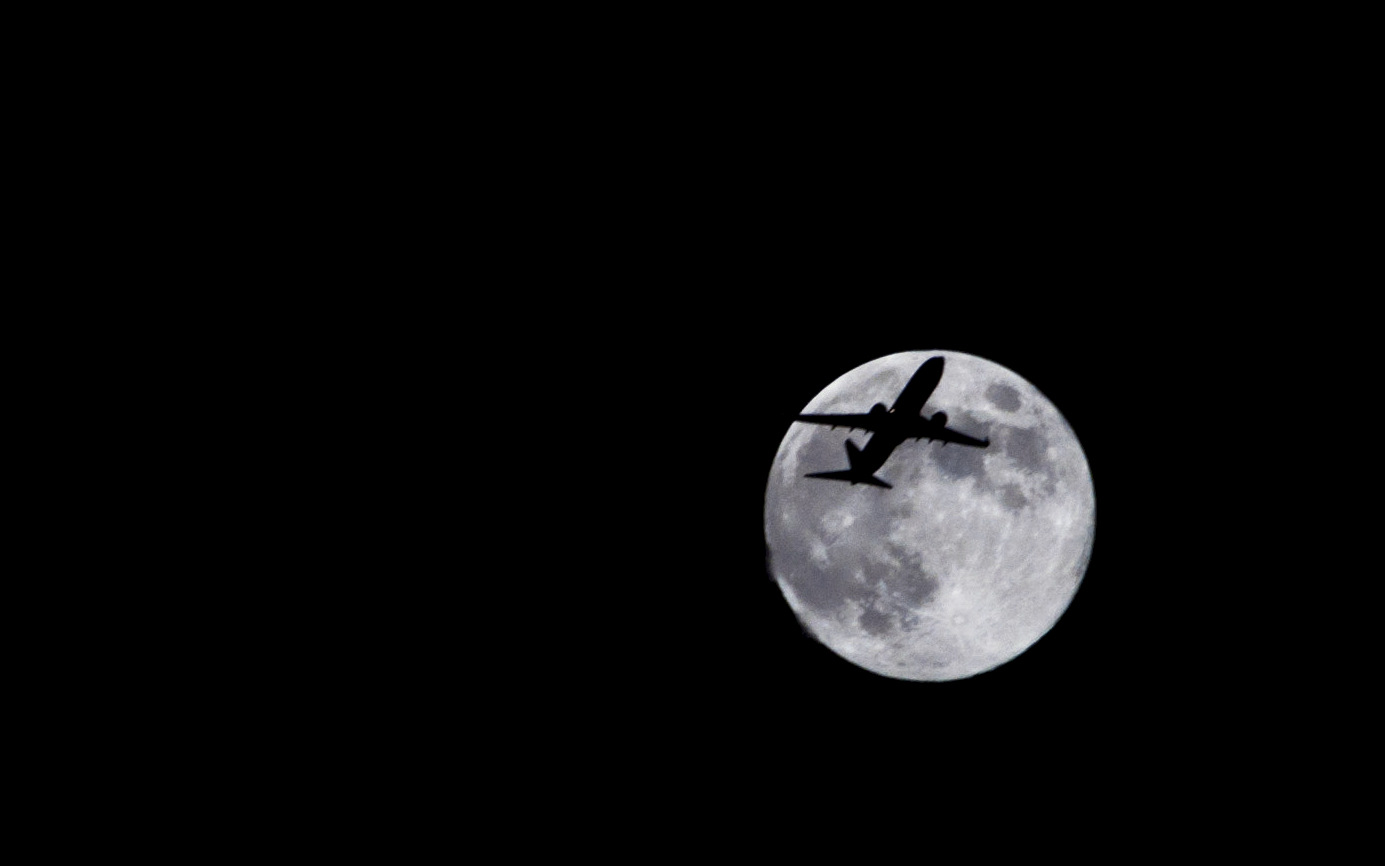Last 'Blue Moon' Until 2015 Lights Up Night Sky Tonight

A blue moon will grace the night sky tonight (Aug. 31), giving skywatchers their last chance to observe this celestial phenomenon for nearly three years.
The moon will wax to its full phase at 9:58 a.m. EDT (1358 GMT) today, bringing August's full moon count to two (the first one occurred Aug. 1). Two full moons won't rise in a single month again until July 2015.
But don't expect tonight's full moon to actually appear blue, unless you're peering through a thick haze of volcanic ash or forest fire smoke. "Blue moon" is not a reference to the satellite's observed color.
The term has long been used to describe rare or absurd happenings. And farmers once employed it to denote the third full moon in a season — spring, summer, autumn or winter — that has four full moons instead of the usual three. [Photos: The Blue Moon and Full Moons of 2012]
This somewhat obscure and complicated definition, in fact, is found in the 1937 edition of the "Maine Farmers' Almanac." But in 1946, a writer for "Sky and Telescope" magazine misinterpreted it, declaring a blue moon to be the second full moon in a month with two of them.
Widespread adoption of the new (and incorrect) definition apparently began in 1980, after the popular radio program "StarDate" used it during a show.
Blue moons occur because lunar months are not synched up perfectly with our calendar months. It takes the moon 29.5 days to orbit Earth, during which time we see the satellite go through all of its phases. But every calendar month (except February) has 30 or 31 days, so two full moons occasionally get squeezed into a single month.
Breaking space news, the latest updates on rocket launches, skywatching events and more!
Though the phrase "once in a blue moon" suggests the phenomenon is exceedingly rare, that's not quite the case. On average, blue moons come around once every 2.7 years, making them more common than the Summer Olympics, or a presidential election in the United States.
Some years even boast two blue moons. This last happened in 1999, and it will occur again in 2018.
Tonight's blue moon also happens to fall on the day of late astronaut Neil Armstrong's memorial service. Armstrong, who on July 20, 1969 became the first person to set foot on the moon, died Aug. 25 following complications from heart surgery.
So stargazers may want to keep Armstrong's "one small step" in mind as they gaze up tonight.
"For those who may ask what they can do to honor Neil, we have a simple request," Armstrong's family wrote in a statement shortly after his death. "Honor his example of service, accomplishment and modesty, and the next time you walk outside on a clear night and see the moon smiling down at you, think of Neil Armstrong and give him a wink."
If you snap any good photos of Friday's full moon and would like them to be considered for a future story or gallery, please send them to SPACE.com assistant managing editor Clara Moskowitz at cmoskowitz@space.com, or managing editor Tariq Malik at tmalik@space.com.
Follow SPACE.com senior writer Mike Wall on Twitter @michaeldwall or SPACE.com @Spacedotcom. We're also on Facebook and Google+.

Michael Wall is a Senior Space Writer with Space.com and joined the team in 2010. He primarily covers exoplanets, spaceflight and military space, but has been known to dabble in the space art beat. His book about the search for alien life, "Out There," was published on Nov. 13, 2018. Before becoming a science writer, Michael worked as a herpetologist and wildlife biologist. He has a Ph.D. in evolutionary biology from the University of Sydney, Australia, a bachelor's degree from the University of Arizona, and a graduate certificate in science writing from the University of California, Santa Cruz. To find out what his latest project is, you can follow Michael on Twitter.
